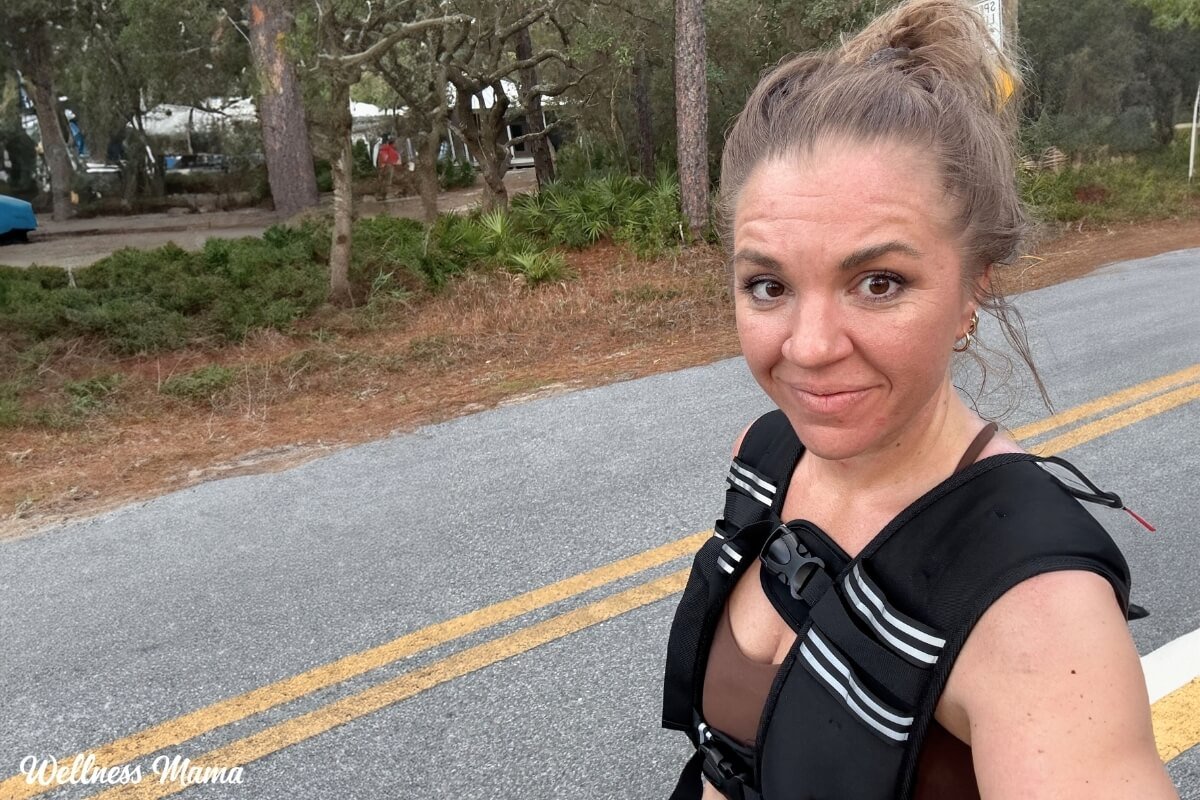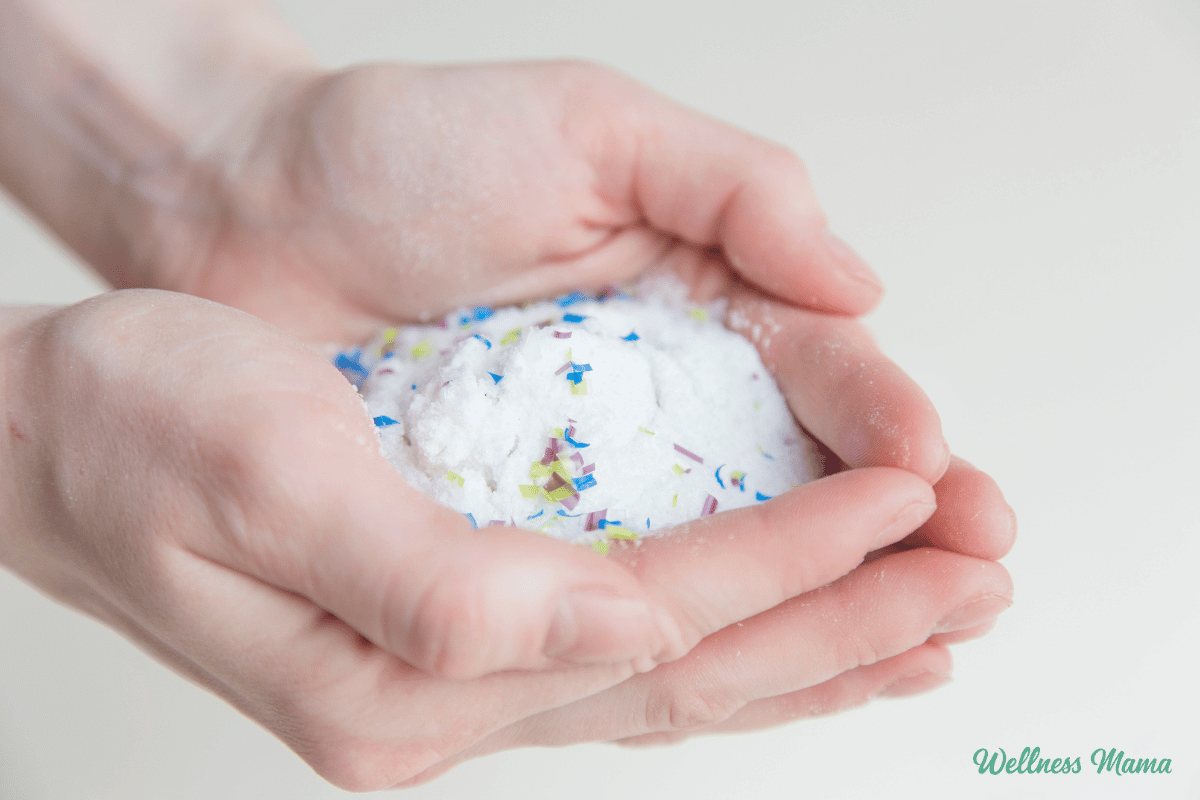Earthing (known as grounding) can be a contentious subject. Some individuals experience enhanced well-being and notable health improvements, such as better sleep quality and reduced pain. Critics, however, stress the necessity for more comprehensive scientific studies to substantiate this practice. Let’s explore the evidence.
What is Earthing?
Earthing or grounding entails the body making direct and continuous contact with the earth. This requires the skin to be in contact with soil, sand, water, or conductive materials on the earth’s surface.
Clint Ober highlighted this concept in 2010 through his book Earthing: The Most Important Health Discovery Ever! He became aware of grounding benefits after his health declined post his career as a cable installer, where he understood grounding’s significance. This event essentially initiated the contemporary Earthing movement.
From a scientific standpoint, the earth possesses a slight negative charge. In modern life, our bodies gradually accumulate a positive static electric charge, resulting in oxidative stress. Directly touching the earth can neutralize this positive charge, bringing the body back to a neutral state.
Regrettably, many of us lack regular earthly contact nowadays. Experts are starting to consider its potential contribution to current health issues, given that we often wear rubber-soled shoes and live primarily indoors, meaning years can pass without direct earth contact. When the positive charge accumulates over time, health problems may arise. Reconnecting to the earth through earthing mats or sheets addresses this. These products aid in grounding, which refers to connecting electrical devices to the earth for safety.
Understanding Earthing vs. Grounding
The terms Earthing and grounding are often used interchangeably, though they possess subtle distinctions.
-
Earthing involves intentionally making physical contact with the Earth for health benefits.
- Grounding might refer either to an electrical safety process or making our bodies electrically neutral.
You can ground yourself indoors by using earthing products. Whether walking barefoot outdoors or grounding yourself inside, the practice remains fundamentally the same.
Earthing Science 101
Here’s an explanation of how it works:
Our bodies naturally generate free radicals, necessary for attacking and eliminating bacteria and viruses. They’re also part of the inflammatory response, aiding in healing.
However, an excess of free radicals can contribute to chronic inflammation, leading to pain, chronic illnesses, and accelerated aging. Though necessary, an abundance of free radicals may be harmful.
These unstable molecules lack electrons, and one way to stabilize or neutralize them is by consuming antioxidants, which supply the missing electrons. Natural sources include vitamins A, C, E, and polyphenols from green tea, cacao, and pomegranate.
However, diet isn’t the only electron source—earthing can help as well. When the body carries a positive charge, electrons flow into it. Earth is a continuous source of free electrons that can mitigate excess free radical activity and inflammation. So, what impact does earthing have on the body?
What Does Grounding Do to the Body?
People often experiment with earthing to alleviate pain, enhance sleep, or expedite healing. Emerging research suggests earthing may benefit in the following areas:
Reduce Inflammation
Since it counteracts oxidative stress, grounding boasts potent anti-inflammatory benefits. Consequently, it can alleviate inflammation-related symptoms such as:
-
Pain relief from injury
-
Reducing muscle tension
-
Decreasing headache and migraine frequency and severity (I personally noticed this)
-
Easing joint pain
- Alleviating back and neck pain
These effects might be immediately apparent, but consistent grounding could gradually improve symptoms of chronic inflammatory conditions. A 2015 study confirmed grounding reduced the five cardinal signs of inflammation: redness, heat, swelling, pain, and loss of function. It also decreased circulating inflammatory chemical markers.
Researchers observed notable benefits for individuals with lupus and other autoimmune disorders, as grounding appeared to calm immune systems, reduce pain, and enhance overall well-being.
Improve Sleep
I can wholeheartedly concur! Earthing may promote restful sleep in several ways:
-
Alleviating stressful feelings
-
Reducing elevated cortisol levels
-
Stabilizing circadian rhythms
-
Mitigating insomnia and other sleep disorders
-
Minimizing snoring
- Decreasing inflammation and pain
Grounding at night significantly alters day-night cortisol secretion, encouraging a normal circadian rhythm. Those grounding themselves while sleeping reported noticeable improvements in sleep, pain, and stress. Although most don’t camp nightly, earthing sheets or mats can keep us grounded while sleeping indoors.
Earthing can also prove useful when traveling; those moving across time zones report that earthing reduces jet lag and aids in time alignment with the new local environment.
Boost Energy (I Also Observed This)
Earthing may increase energy levels by balancing the body’s electrical charge and lowering stress. Possible benefits include:
-
Reducing internal stress and mental health issues
-
Easing inflammation
-
Supporting adrenal health
-
Enhancing blood flow and oxygenation
-
Balancing cortisol and hormones
-
Improving sleep quality
- Restoring electrical balance
Earthing might alleviate chronic fatigue by mitigating stress and inflammation while promoting sound sleep. Improved oxygen delivery to blood cells also enhances energy levels.
Support Cardiovascular Health
Earthing may foster a healthy cardiovascular system. While it is known to reduce inflammation and stress levels, it may operate through additional pathways such as:
-
Normalizing blood flow and pressure
-
Decreasing blood viscosity and clot risk
-
Reducing stress and cortisol levels
-
Restoring electrical balance
- Harmonizing Heart Rate Variability (HRV)
HRV measures variations between heartbeats and serves as a biomarker for heart health, with higher HRV indicating superior cardiovascular fitness.
Foster Hormone Balance
Earthing could aid women’s hormone balance by reducing stress, enhancing sleep, and influencing natural rhythms. Potential hormonal impacts include:
-
Lowering cortisol, potentially disturbing estrogen and progesterone balance
-
Normalizing biological rhythms like menstrual cycles
-
Encouraging restful sleep, thereby impacting hormone balance
-
Easing inflammation and oxidative stress related to estrogen dominance and other hormonal issues
- Alleviating stress on the thyroid
Promote Healing
Earthing supports a balanced nervous system, helping shift the body from fight-or-flight mode back to rest and repair. This alone might accelerate healing and recovery. Additionally, it could work by:
-
Lowering inflammation and oxidative stress
-
Reducing pain via inflammation reduction
-
Enhancing sleep quality
-
Fostering a robust immune response
-
Boosting circulation, improving oxygen and nutrient delivery to damaged tissues
- Minimizing recovery time from athletic activity by reducing delayed onset muscle soreness (DOMS)
The Earthing Institute has compiled an extensive list of testimonials, documenting conditions ranging from A to Z.
Scientific Evidence for Earthing
Here’s where controversy arises. Critics argue the absence of evidence for this practice, even suggesting it might be dangerous. Proponents, however, cite anecdotal evidence and several small studies. Who is correct?
Some small-scale studies have examined earthing or grounding’s effects. One study involving 60 chronic pain and sleep disorder sufferers assessed half participating using a grounded sheet while the other half used a placebo sheet.
Participants practicing grounding reported reduced chronic pain, respiratory issues, arthritis, sleep apnea, and hypertension, whereas the control group experienced no such improvements.
Another small study found earthing lowered blood viscosity—a cardiovascular risk factor. Additional research has shown grounding positively influencing cortisol levels and inflammation.
In a 2023 study, earthing was applied to 71 COVID-19-infected individuals, who grounded themselves for between 15 minutes to six hours daily. All but two participants showed improvement within 11 days of starting earthing.
Without a placebo group, it’s challenging to draw firm conclusions, but earthing seemed to reduce participants’ inflammation and enhance breathing.
Grounding and Inflammation
What intrigues me most is the thermal imaging conducted. These heat patterns can signal inflammation within the human body.
This thermographic image displays a woman suffering from stiffness and chronic pain. The initial image, taken before earthing, contrasts with the second taken following 30 minutes of earthing. The reduction in red and orange (indicative of inflammation) in the latter image is quite evident.
The potential of grounding or earthing to address inflammation is exciting, as chronic inflammation is central to and derived from numerous chronic diseases.
My Experience with Earthing
The notion that we’re meant to connect with the earth regularly is logical.
Nonetheless, I initially doubted that something so simple could be highly effective. I consulted friends working in electrical engineering and biomedical research; they confirmed earthing’s potential benefits.
Have you ever noticed sleeping better during beach vacations after beach walks or ocean swims? The theory suggests sand and ocean water are naturally conductive materials, grounding the body and removing excess positive electrons.
To personally test this, I committed to regular outdoor grounding and even used an earthing sheet while sleeping. Being initially skeptical, I figured there was no harm in trying. I made walking barefoot outside a priority and bought an earthing sheet since sleep is crucial repair time.
My Grounding Results
Surprisingly, the first night using the earthing mat, I fell asleep much quicker. I also had no trouble falling back asleep after waking to nurse my baby. Naturally, one night’s results could have been influenced by the placebo effect.
After enjoying great sleep for about a month, one night I struggled with tossing and turning and couldn’t fall asleep for hours—only to discover the earthing sheet had disconnected from the wall the following morning!
During the day, I use an earthing mat under my arms while sitting at my desk with a desktop computer. When using my laptop, I employ a DefenderPad to shield my body from EMFs.
Blood tests confirmed improved cortisol levels over the six months using both an earthing sheet and time spent barefoot outdoors. Plus, spending time in nature acts as a stress reducer on its own!
Reactions to earthing/grounding can vary drastically—some people notice changes immediately, others take days or weeks, while some may not perceive any difference until cortisol levels show improvement. Generally, the more inflammation present, the greater the effect grounding might have.
I’m Not the Only One…
Supposedly, many on the Tour de France used earthing recovery bags to accelerate recovery and enhance sleep quality during the endurance event. Various Olympic swimmers, runners, and triathletes have reported employing Earthing, and other professional athletes also utilize Earthing methods.
How to Experiment with Grounding/Earthing
Grounding or earthing merely involves direct skin-to-earth contact. Thus, walking barefoot outside is the most convenient, cost-effective method. Ensure you’re walking where there aren’t sharp rocks, ticks, or other hazards.
Also, you can lie down or sit on the earth. Maybe have a park picnic or stargaze from the backyard.
Earth’s energy can be accessed by swimming or wading near water. You can ground yourself all summer long by sunbathing on the beach and cooling off in the lake.
Effective earthing requires direct contact with rock, dirt, or water. Beaches and oceans are ideal locations as sand and saltwater are highly conductive materials, and saltwater also contains magnesium. This may explain why many enjoy better sleep during beach vacations!
Earthing Indoors
For those unable or unwilling to spend time outdoors, similar results can be achieved indoors using various grounding products to facilitate earthing inside.
-
An earthing mat can be positioned under arms or feet while using a computer to minimize EMF exposure. It’s also portable for travelers.
- A half-sized earthing sheet is compatible with any bed size.
I utilize both an earthing mat near my computer (beneath my desk) and an earthing sheet on my bed. Since adopting these habits, I’ve noticed various improvements.
Natural electrons from the earth flow via the ground wire onto the mat, even if residing or working in a high-rise building. The mat includes an outlet tester—just plug it in to determine if the outlet is properly grounded.
How Long to Ground Yourself Daily
There aren’t strict guidelines on daily grounding duration. However, many experts recommend starting with 20 to 30 minutes to enjoy potential benefits.
Consistency matters most. Regular earthing, even for 10 or 20 minutes, might be more beneficial than sporadic hour-long sessions. Nevertheless, those addressing chronic issues like inflammation, pain, or insomnia might benefit more from committing to an hour daily.
Earthing’s benefits may accumulate over time. Even 10–15 minutes, a few days a week, can offer advantages. Ultimately, regardless of whether you prefer direct contact or indoor earthing tools, the goal remains consistent use. Integrating it into your daily routine enhances the likelihood of observing benefits.
When NOT to Consider Earthing/Grounding
A few years back, I interviewed EMF expert Dr. Libby Darnell from Revived Living about EMFs and grounding. She cautioned regarding a critical issue of earthing largely overlooked: ground current.
Strong ground currents might cause more health issues while attempting earthing. This is presumably most problematic in major cities with extensive underground wiring. Her podcast episode elaborates on local ground current testing.
Moreover, don’t practice earthing during thunderstorms with lightning, as direct ground contact heightens lightning strike risk. The Earth conducts electricity, making grounding inadvisable during electrical storms.
Individuals with electronic devices like pacemakers or insulin pumps should be cautious as well. Consulting a doctor before using grounding products is advisable in such cases, as the interaction between devices and earthing tools could affect device functionality.
Generally, it’s wise to practice earthing in clean, safe environments and avoid it amidst potential environmental hazards.
Earthing: Bottom Line
Despite being contentious, further research is needed. Nevertheless, in most situations (without strong ground currents), spending time barefoot outside or using a grounding sheet is optimal. Walking barefoot has numerous benefits and lacks side effects or drawbacks.
Monitor how you feel and record any improvements you notice. Using my Oura Ring helps with this.
Have you tried earthing or grounding? Did you experience any improvements in sleep or pain levels? Share your experiences!
This article was medically reviewed by Dr. Ann Shippy, a Board Certified Internal Medicine physician and certified Functional Medicine practitioner based in Austin, Texas. Remember, this isn’t personal medical advice; consult your doctor for guidance.

















Leave a Reply